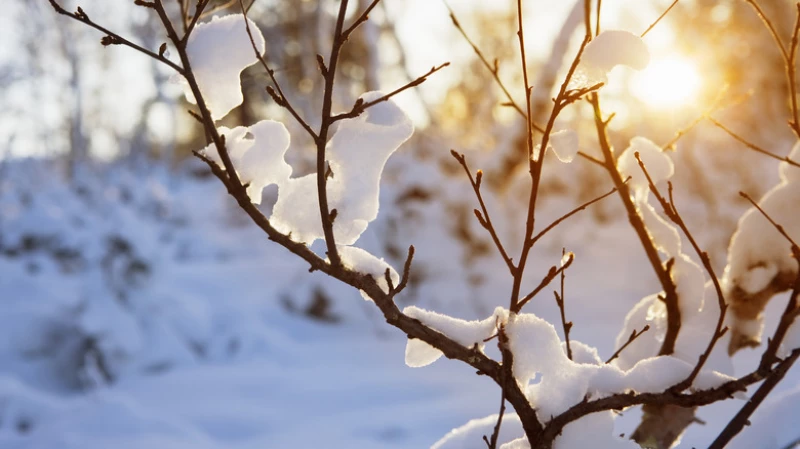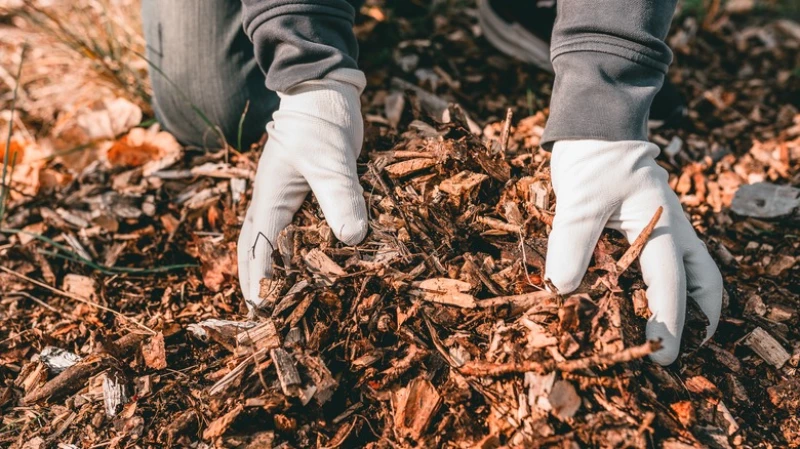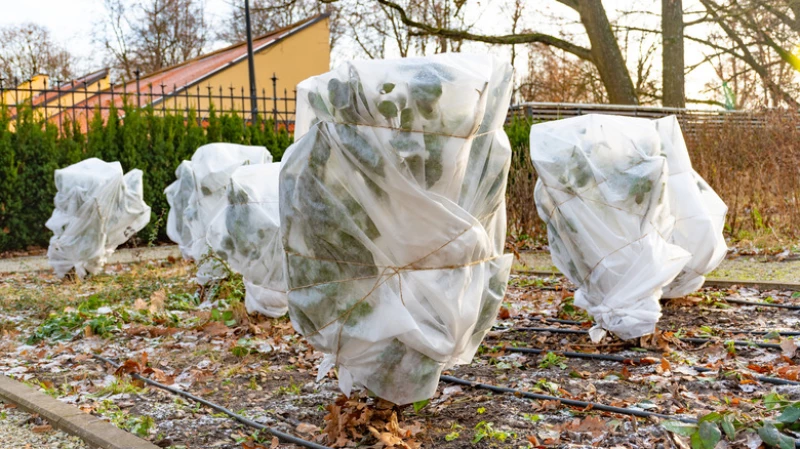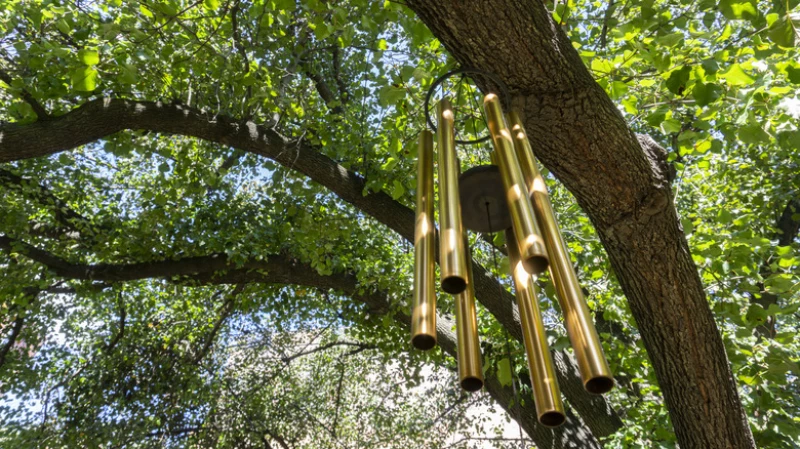If you have put considerable TLC into growing healthy trees around your home, then you surely want to protect them from animals that scratch, break, and eat your plants. Although it might be difficult at times to figure out what annoying critters are causing havoc on your greenery, trying to nail it down is worth the effort. That's because knowing what's harming your trees can help you know what kind of defense you can use to keep the pests away.
For instance, you might be dealing with deer, mice, rabbits, and voles. While deer can eat away at any leaves and pine needles on your trees, the bucks can damage them by aggressively rubbing their antlers against the bark, which breaks it off. Mice, rabbits, and voles, as well as squirrels and porcupines, can also cause a considerable amount of damage– despite being on the smaller side as they eat the inner bark. Woodpeckers also target this area to find what they consider to be an ideal meal inside in the form of insects.
If you can't figure out exactly what's damaging your trees, then you may want to protect them from various creatures that can target the branches, bark, and more. You simply need to know what methods work best in each circumstance so that you can take action before winter rolls around.
Remove excessive snow
Anyone who lives in a part of the country that gets chilly weather in the winter knows that a considerable amount of snow might be an inevitable part of the season. However, that doesn't mean you have to sit back and accept how it may lead to damaged trees. Although the snow itself isn't exactly the problem, it can lead to issues when it becomes piled up around the bottom of your tree. This spot could be hiding smaller critters that like to eat your trees, like mice and other rodents.
Get rid of any mulch
Snow built up around the bottom of a tree isn't the only place annoying little critters may be found during the cold winter season. You might also come across them nestling in mulch, which makes a nice, safe spot for them to hide when they're not nibbling on (and harming) the trees on your property. In order to protect your trees, be sure to get rid of any mulch that is around the base of your trees to make the area less hospitable for unwanted creatures.
Wrap up smaller trees
Smaller trees are more vulnerable to winter damage, so it's important to take extra precautions to protect them. One effective method is to wrap them up with burlap or other protective material. This will help shield them from harsh winds, freezing temperatures, and excessive moisture. Make sure to secure the wrapping tightly around the tree to prevent it from coming loose during winter storms.
If you want to protect your smaller trees during the winter, consider wrapping them up. This not only helps shield them from extreme cold, strong winds, and heavy snow, but also prevents pests from reaching the delicate bark or branches. To do this, you can use burlap or mesh and cover the top of the tree. Start by clipping or tying it onto the center of the tree, then move down and back up as you wrap. Finally, use twine to securely tie the wrapping so that it stays in place.
Set up tree guards
Take the idea of burlap one step further by setting up tree guards. These guards are made of thick plastic material and can be placed around smaller trees to protect them from harmful pests that may eat or scratch the bark on the lower sections. There are pre-made products available that you can wrap around your trees. One option is the Wesiti Spiral Tree Guards, which can be found on Amazon for about $32.
Use animal repellents
Just as you use insect repellent to keep mosquitoes away, you can use animal repellents to prevent animals from nibbling or scratching your trees. There are various options available, such as using hot and spicy substances like chili peppers or predator urine. However, keep in mind that repellents can be covered or washed away by snow, so you'll need to reapply them often.
Put up fencing
If you want a more permanent solution, you can put up fencing around your trees. This will create a physical barrier to keep animals away. Make sure the fencing is tall enough and secure enough to prevent animals from jumping over or digging under it. This method can be particularly effective for larger trees or areas with a high population of pests.
When it comes to protecting your trees from larger animals during winter, consider making your yard unappealing to them. By removing any sources of food or shelter, you can discourage animals from entering your property and damaging your trees. This can include cleaning up fallen fruits or nuts, removing bird feeders, and trimming back any overgrown vegetation. Additionally, you can use repellents or deterrents such as predator urine or motion-activated sprinklers to further discourage animals from approaching your trees.
Install tree wraps
Another effective method to protect your trees is by installing tree wraps. Tree wraps are made of burlap or other protective materials that can be wrapped around the trunk of the tree. This creates a barrier between the tree and any animals that may try to chew on the bark or branches. Tree wraps are especially useful for preventing damage from rabbits, mice, and other small animals. Make sure to wrap the tree trunk from the base up to the lowest branches, and secure the wrap with twine or clips.
Hang reflective tape
Reflective tape can be a simple yet effective way to deter animals from approaching your trees. The shiny, reflective surface of the tape can startle and confuse animals, making them less likely to come near. Hang strips of reflective tape from the branches of your trees, ensuring that they are visible and move freely in the wind. This method is particularly effective for deterring birds, such as crows or pigeons, as well as small mammals like squirrels or raccoons.
Use scent repellents
Scent repellents can be an effective way to keep animals away from your trees. Certain scents, such as predator urine or strong-smelling herbs like garlic or peppermint, can deter animals from approaching. You can use commercially available repellents or make your own by mixing essential oils with water and spraying it around the base of your trees. Reapply the repellent regularly, especially after rain or snow, to maintain its effectiveness. This method can be particularly useful for deterring deer, rabbits, and other herbivorous animals.
You likely want your outdoor space to be welcoming. At least, you want it to feel welcoming to your family and friends. At the same time, you don't want it to feel welcoming to animals that end up damaging your trees over the winter months. That's why you can do things to make your yard an unappealing place for deer, rodents, and more. Use plants that keep deer away in the spring and summer, and the creatures will come to recognize that your property isn't a fun place for them to be in the winter, either.
Safely trap and relocate critters
Some animals that end up damaging your trees during winter simply won't take the hint and keep returning despite your best efforts. In that case, you might need a trap to capture the creature. Of course, you'll want to use something safe for both you and the animal. You'll also want to make sure that it's relocated to a spot that's more appropriate for them to live. If you can't handle the trapping and transporting yourself, you can always call in a pro for some help.

















